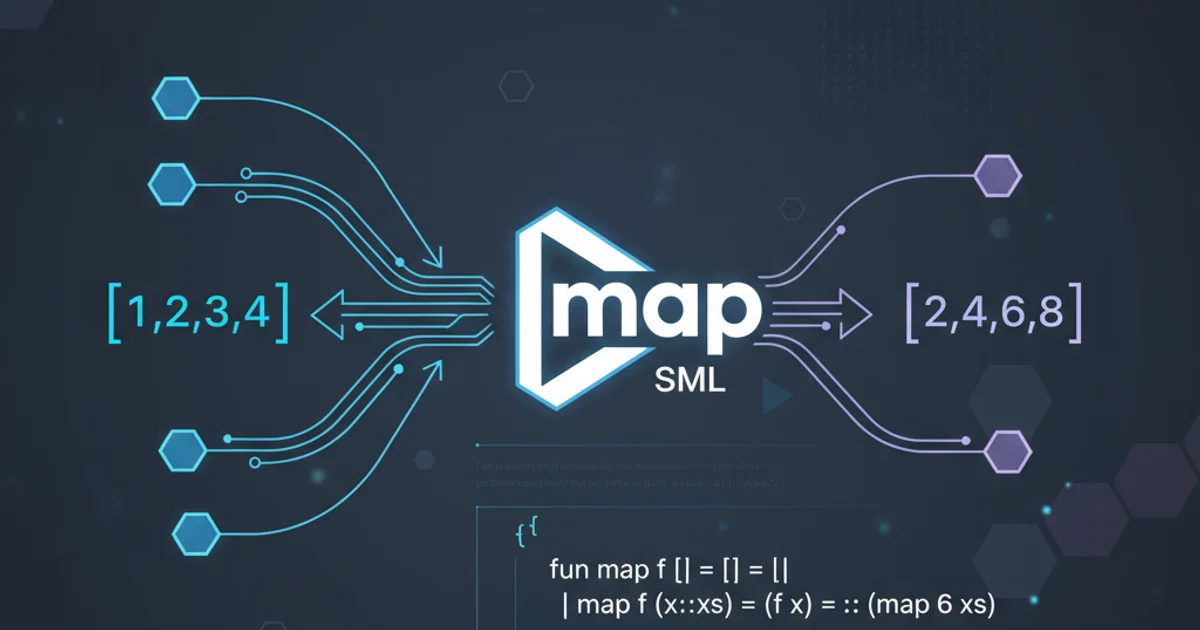How does sbrk() work in C++?
Categories:
Understanding sbrk() in C++: A Deep Dive into Memory Allocation

Explore the sbrk() system call, its role in dynamic memory management, and its relationship with malloc() in C++ applications.
In the realm of C++ programming, understanding how memory is managed is crucial for writing efficient and robust applications. While most developers are familiar with new and delete (or malloc() and free() in C), the underlying mechanisms that these functions use to acquire memory from the operating system are often less understood. One such low-level mechanism is the sbrk() system call. This article will demystify sbrk(), explain its function, its historical significance, and its interaction with higher-level memory allocators like malloc().
What is sbrk()?
The sbrk() system call is a fundamental function in Unix-like operating systems that allows a program to dynamically change the size of its data segment. The data segment is one of the memory regions allocated to a process, typically containing global and static variables. When sbrk() is called, it adjusts the program's 'break' value, which is the boundary between the end of the data segment and the beginning of the heap. Increasing the break value effectively allocates more memory to the process's heap, while decreasing it frees memory.
Historically, sbrk() was the primary way for programs to request more memory from the kernel for dynamic allocation. It operates by moving the program's 'program break' pointer. A positive argument to sbrk() increases the break, reserving more memory, and returns the previous break value. A negative argument decreases it, releasing memory. A call with an argument of 0 returns the current break value without changing it.
#include <unistd.h>
#include <stdio.h>
int main() {
void *current_break = sbrk(0);
printf("Initial program break: %p\n", current_break);
// Request 1024 bytes of memory
void *new_memory = sbrk(1024);
if (new_memory == (void*)-1) {
perror("sbrk failed");
return 1;
}
printf("New memory allocated at: %p\n", new_memory);
void *after_allocation_break = sbrk(0);
printf("Program break after allocation: %p\n", after_allocation_break);
// Note: sbrk() doesn't have a direct 'free' counterpart for specific blocks.
// Decreasing the break would release memory from the end of the heap.
// For example, to release the 1024 bytes if they were the last allocated:
// sbrk(-1024);
return 0;
}
flowchart TD
A[Program Start] --> B{sbrk(0) - Get current break};
B --> C[Current Break Pointer];
C --> D{sbrk(N) - Request N bytes};
D -- Returns previous break --> E[New Memory Block (N bytes)];
E --> F[Break Pointer moves forward by N];
F --> G{sbrk(0) - Get new break};
G --> H[New Break Pointer];
H --> I[End of Data Segment/Heap];How sbrk() adjusts the program break and allocates memory.
sbrk() vs. malloc() and new
While sbrk() provides a direct interface to the kernel for memory allocation, it's rarely used directly in modern C++ applications. This is because sbrk() has several limitations:
- Coarse-grained Allocation:
sbrk()can only extend or shrink the program break. It cannot allocate arbitrary blocks of memory from the middle of the heap or free specific blocks. This makes it unsuitable for managing fragmented memory. - No Memory Reuse: If a block of memory is freed (conceptually, by a higher-level allocator),
sbrk()has no mechanism to reuse that internal free space. It only manages the top of the heap. - Not Thread-Safe:
sbrk()is generally not thread-safe, meaning multiple threads calling it concurrently can lead to race conditions and memory corruption.
This is where malloc() (and new in C++) comes into play. malloc() is a library function, not a system call. It acts as a sophisticated memory allocator that sits on top of system calls like sbrk() (or mmap() for larger allocations). malloc() manages a pool of memory obtained from the operating system and then doles out smaller, requested blocks to the application. When memory is free()d, malloc() marks it as available for future allocations, thus handling fragmentation and reuse.
Modern malloc() implementations often use mmap() for larger memory requests, as mmap() can allocate pages anywhere in the virtual address space and release them back to the kernel more efficiently than sbrk() can. sbrk() is still used by some malloc() implementations for smaller, incremental heap expansions, especially on systems where mmap() might have higher overhead for small requests.
new and delete (or std::make_unique and std::make_shared) over direct calls to malloc()/free() or sbrk(). These higher-level constructs provide type safety, constructor/destructor calls, and better memory management practices.The Role of sbrk() in Modern Systems
While sbrk()'s direct use has diminished, its conceptual role in understanding memory management remains vital. It illustrates the fundamental interaction between a user-space program and the kernel for acquiring raw memory. Modern malloc() implementations are complex, often employing various strategies to optimize memory usage, reduce fragmentation, and improve performance. These strategies might still involve sbrk() for extending the program's data segment, particularly for the main heap area.
However, for very large allocations or when dealing with memory that needs specific alignment or protection attributes, mmap() is generally preferred. mmap() maps files or devices into memory, but it can also be used to create anonymous memory regions that are not backed by any file, effectively serving as a more flexible alternative to sbrk() for large, page-aligned memory requests.
flowchart LR
A[C++ Application] --> B{new/delete};
B --> C[malloc()/free()];
C --> D{Memory Allocator Library};
D --> E{sbrk()};
D --> F{mmap()};
E --> G[Kernel (Heap Management)];
F --> G;
G --> H[Physical Memory];Memory allocation hierarchy in a typical C++ application.
sbrk() can lead to memory leaks, fragmentation, and undefined behavior if not handled with extreme care. It bypasses the sophisticated management provided by standard library allocators.